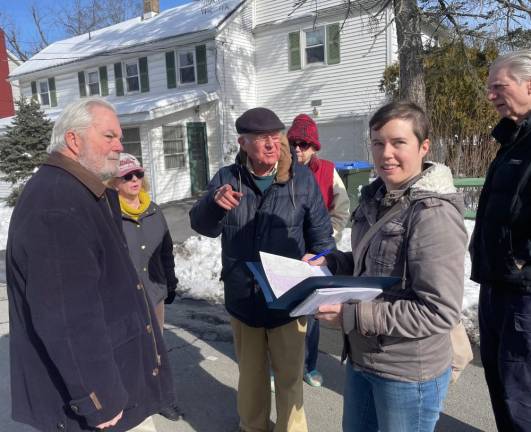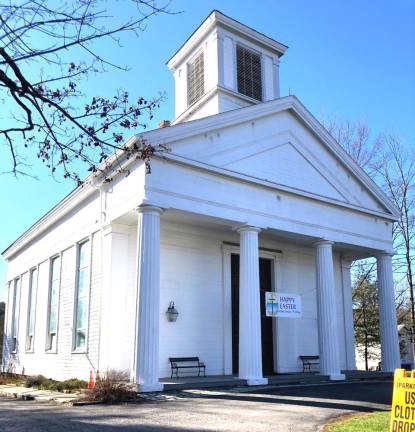Sugar Loaf Historic District approved by state board
Sugar Loaf. The designation recognizes the hamlet’s history and architecture.


On September 12, 2024, the NY State Board for Historic Preservation unanimously approved the nomination of Sugar Loaf Historic District to the National Register of Historic Places as well as the NY State Register of Historic Places, recognizing the hamlet’s rich history and architecture. With this award, Sugar Loaf joins its neighbors, Goshen and Warwick, in receiving this designation.
In February 2023, Sugar Loaf Community Foundation member Lydia Cuadros told the Chester Town Board of the Foundation’s interest to apply for the historic district designation. The board unanimously agreed to support the project and become the sponsor. Historic preservation consultant Neil Larson, of Kingston, was hired to direct the nomination process, with the input of local town historians Clifton Patrick and Richard Hull.
Public meetings were held to educate the property owners about the historic district designation and outreach correspondence was sent to property owners within the hamlet. According to Cuadros, the majority supported the nomination, sending letters of support to the State Review Board, and were influential in gaining final approval of the nomination.
The historic district encompasses the commercial district of Sugar Loaf. In the coming months, the National Park Service will review Sugar Loaf’s nomination to be listed on the National Register of Historic Places.
Below is an excerpt from the nomination document:
“Sugar Loaf has had two major periods of development. The first occurred during the first half of the nineteenth century when the hamlet became a service center for area farms and travelers on Kings Highway. The second period was when the hamlet was revitalized in the last half of the twentieth century as a “Village of Craftsmen.” Existing conditions reflect these two stages. The building stock largely dates to the earlier period, with most of the properties built then remaining extant. A Methodist church, an early hotel/tavern, and two store buildings are distinctive landmarks; the rest of the district is mainly comprised of wood frame dwellings.
“After 50 years of economic decline in the early twentieth century, Sugar Loaf was discovered in the 1960s by young artists and craftspeople who bought available housing and created living/working/shop spaces in them, adding storefronts to the façades and adding colorful ornamental flourishes. The craft village was a resounding success, attracting thousands of day-trippers from the New York metropolitan area to street fairs and special events to shop and experience the craft revival phenomenon. Perhaps second only to the Woodstock Art Colony, Sugar Loaf became widely known in the arts and crafts movement of the 1960s and 1970s.”